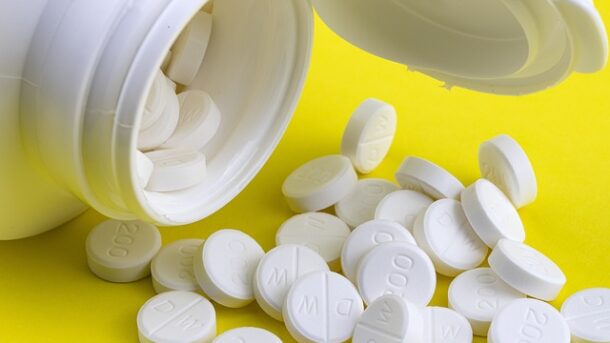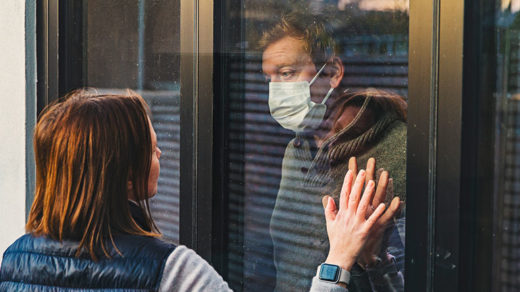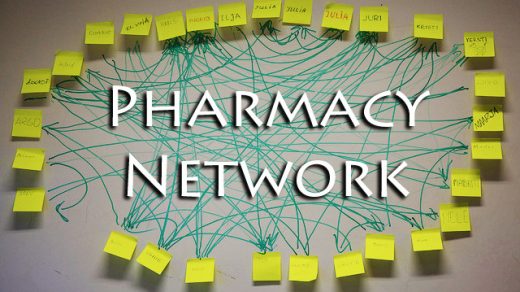Trazodone is a medication I see used in my geriatric practice on a daily basis. It is classified as a “serotonin modulator”. It has some serotonin antagonist action at lower doses and may have more serotonin agonist effects at higher dosages. In this review, I will cover the most critical trazodone clinical pearls. If you are looking for a deeper dive on the pharmacology of trazodone, listen to this podcast episode.
Sedation – Friend or Foe
Trazodone is notorious for causing sedation. This can be good or bad depending on what we are trying to do for the patient. Because of this adverse effect, it is often used intentionally to help manage insomnia. Whenever you see a patient on a lower dose of trazodone (i.e. 200 mg or less), it is likely being used to manage insomnia.
Dementia Related Behaviors
The other indication where low dosages are often used is dementia-related behaviors such as aggression. Recommended dosing for the use of trazodone in this patient population also rarely exceeds the 200 mg per day threshold. This seems to be an indication that I’m seeing more use of trazodone for over the last several year.
Trazodone For Depression
With so many medications available for the management of depression, trazodone has fallen out of favor. The primary reason for this is that it can cause significant sedation that can interrupt our patients’ daily lives. Dosing is critical to pay attention to. As mentioned above, the sedative effect can be prominent at lower dosages. However, the antidepressant activity may not be displayed until the patient gets to higher dosages (i.e. above 200-300 mg per day).
If….if…we have to use trazodone for depression, it is critical to remember that you have to titrate the dose to the higher dosage range to likely achieve the desired clinical outcomes. Stopping the dose and declaring treatment failure at a daily dose of 50-100 mg per day would not be appropriate in the management of depression with trazodone.
Trazodone Adverse Effects
Sedation has been covered above but should be mentioned as this is the most prominent adverse effect. Other adverse effects to pay attention to include dizziness, orthostatic hypotension, dry mouth, and GI upset. Anecdotally, patients I’ve worked with have encountered dizziness (occasionally) and dry mouth on a somewhat regular basis.
One last adverse effect that is rare and very unique is priapism. I have personally never seen or heard of this happening, but it is reported in the literature. I also mention this adverse effect because I have seen it show up on pharmacology and/or pharmacy board exams in the past!
Trazodone Drug Interactions
Trazodone is significantly broken down by CYP3A4 so drug interactions can exist. In patients taking CYP3A4 inhibitors, you would be likely to see trazodone concentrations rise. I’ve covered hundreds of drug interactions in primary care in one of my most recent books. This is a no-brainer for any practicing clinician/pharmacist.
Overdose Risk
With any drug that is possibly used for depression, it is important to understand the risk of the medication in the risk of overdose. The risk of death isn’t extremely high when patients overdose on trazodone alone, but when combined with other CNS sedating agents, that risk obviously goes up. In general, I would consider trazodone safer than TCAs in an overdose which is the class of drugs that some of the older studies compared it to. I am not aware of any studies on overdose that directly compare trazodone to SSRIs.
I hope the trazodone clinical pearls provided in the post help you in your practice! If you found this article beneficial, please subscribe to the blog below.
Eric Christianson, PharmD, BCPS, BCGP
Over 6,000 healthcare professionals have subscribed for our FREE Giveaways. Why haven’t you?!







